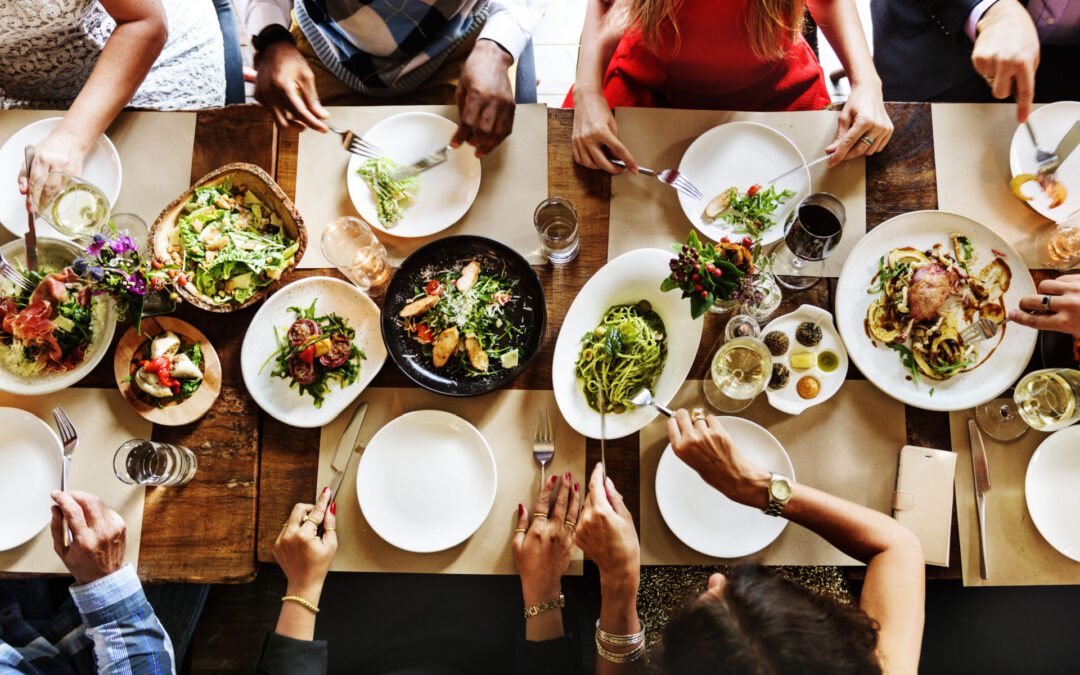At equ, we use our nutrition app to track food intake as an effective tool to understand how to manage your nutrition and food intake to best support your health goals. And yet, while so many people manage to stick to their meal plans through the week while they’re normally cooking their own meals at home, we often see people get to the weekend only to throw in the towel and go overboard when eating out. This is largely because they’re not accurately tracking the meals they’re eating out, or they don’t know how to track calories in food, so they’re unaware of just how many calories they’re consuming. This can be a big barrier to achieving your health and nutrition goals.
However, knowledge is power, so understanding how to track your food when eating out can help you stay on track, and make healthier choices which fit into your meal plan – while still allowing you to enjoy time eating out with friends and loved ones. It’s a win-win!
Have you ever wondered: does food tracking help lose weight? The simple answer is this: food tracking gives you the knowledge and power to understand what you’re eating, so you can make healthier choices and ensure you’re continuing to work towards your personal goals. So let’s dive into exactly how to track food when eating out at restaurants, while sticking to your nutrition and health goals.

Table of Contents
1. Use calorie counts on menus.
Things are fairly straight forward if the restaurant or cafe you’re eating at displays their calorie counts on their menu. Many fast food or chain restaurants do this these days, so you can easily get an idea of the energy content of the meal you’re choosing, yet independent food providers are less likely to do this.
Having said that, some smaller restaurants will display their calorie counts online on their menu, so it’s worth doing a little bit of pre-planning, and checking their website before you dine in so you know how many calories you’ll likely be consuming later on.
If you can access the calorie contents of whatever meal you’re eating out, this makes it super easy to add your calorie and macro intake to your equ app and know that you’re choosing options that still adhere to your nutrition targets, and are in line with your health and nutrition goals.
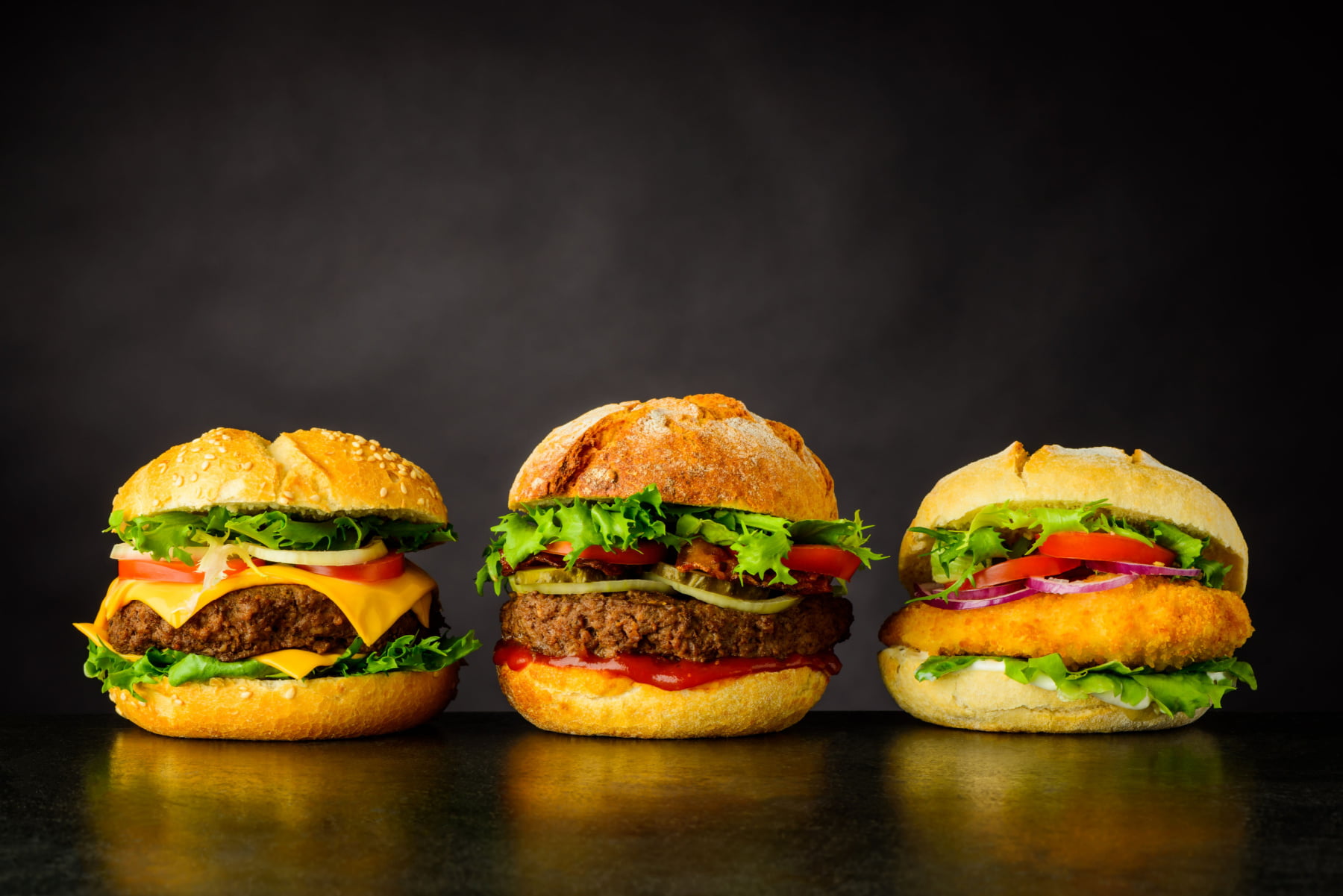
2. Use averages of similar meals to estimate.
If you can’t find the calorie information on your chosen meal, it’s time to use estimation. Remember, even the food you buy in the supermarket with its calorie content labelled can be misleading or inaccurate by around 20% – meaning if you’re choosing a food containing 200 calories, it could contain between 180-220 calories. So don’t panic if the best you can do is to estimate your meal’s calorie content.
The thing you should avoid doing is just logging a similar meal to what you ate out and assuming they’ll be roughly equal in terms of calorie contents. For example, if you eat a cheeseburger from a gourmet burger restaurant, and you log a Big Mac in your app, chances are they contain a vastly different number of calories. Instead of tracking whatever meal roughly resembles what you ate in the tracking section of your equ app, look a little closer… Try to find two or three different burgers which sound similar to what you’ve eaten, and take an average of the calories they each contain. Then, use this average to track your meal within your meal plan. It may not be perfect, but it’s likely to be more accurate than just choosing whichever random one takes your fancy. Remember, estimation isn’t ideal or perfect, but that’s okay – it’s also reality! Being slightly off with your estimates isn’t a big deal if you’re only eating out a few times per week, just aim to do the best you can.
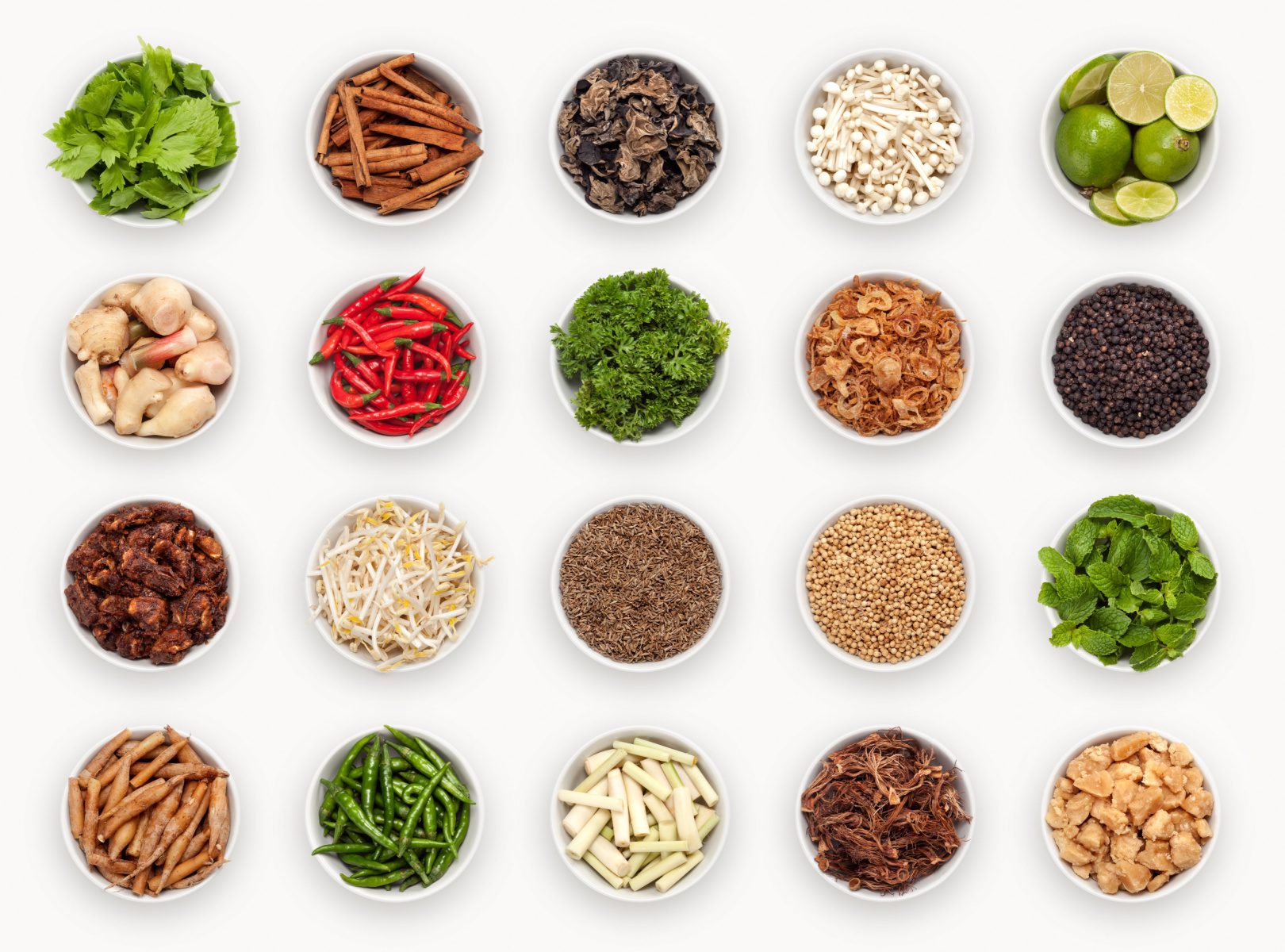
3. Track each component of your meal.
An even better alternative to the averaging-estimation method is to track the individual components of your meal. For example, if you choose to enjoy a chicken salad with quinoa, corn, sweet potato, tahini dressing and crispy croutons, adding “chicken salad” to your meal plan tracker won’t provide a very accurate reflection of what you’ve just eaten. Instead, add each component of your salad individually to your tracking app, giving your best guess as to the quantity of each ingredient you ate. In this instance, you might add 200 g of chicken breast, ½ corn cob, ½ cup sweet potato, ¼ cup quinoa, 1 tbsp of tahini dressing, and 50 g croutons – giving you a much more accurate estimate than you’d have if you’d simply selected “chicken salad”. The more specific you can be with the ingredients in your meal, the better.
And if you struggle to estimate quantities of the ingredients in your meal, round up when in doubt. For example, if you’re not sure whether your salad had 1 or 2 tablespoons of dressing, add 2 tablespoons to your tracking app. Chances are, you’re more likely to underestimate how much you’ve consumed when eating out, so round up to be on the safe side.

4. Ask questions.
Equally, sometimes it can be really tricky to guess what’s actually in your meal. You might not be sure which oils your meal was cooked in, or it might have a delicious sauce or dressing which you can’t possibly pinpoint the ingredients of.
If this is the case, ask questions! Don’t be afraid to ask your server or the kitchen to shed some light on your questions. You can explain to them you have dietary requirements or goals if needed, but they’re also likely used to many questions surrounding ingredients and allergens in their meals – after all, we can all be a fussy bunch of customers! So don’t be afraid to speak up or ask all the questions while you order – it could be the thing that keeps you on track with your health goals later on.
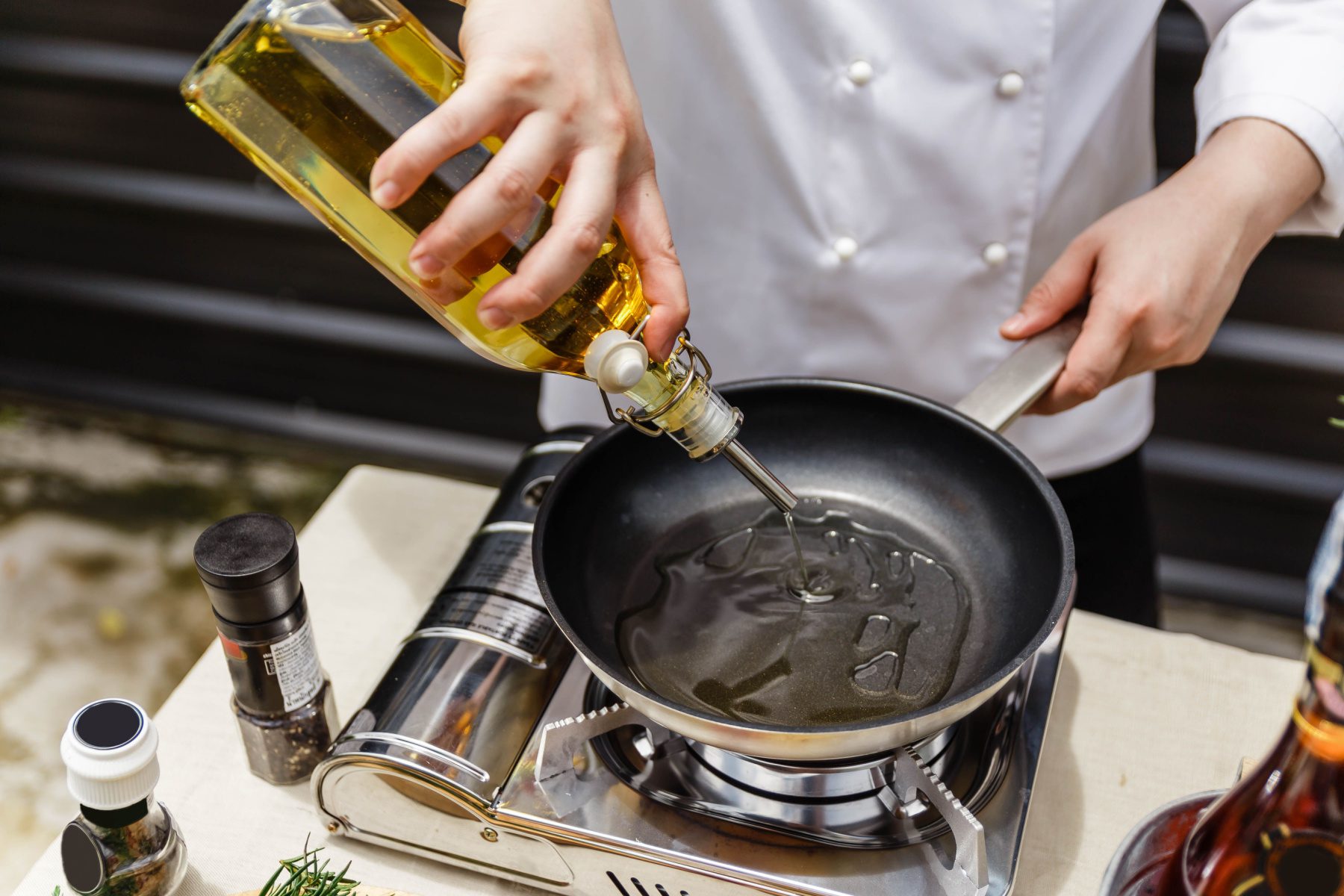
5. Don’t forget to account for ingredients you can’t necessarily “see”.
Many people find, when tracking meals they’ve eaten out, they forget to include ingredients or elements they can’t necessarily “see”. Things like oils, dressings, sugars, butter or ghee, anything used in the cooking process or to add flavour that isn’t an entire element on its own. These often fall to the wayside and get left out when you’re tracking your meals in your equ app, yet they regularly add a significant number of calories to your meals, so it’s a big oversight if you forget to add them in.
If you’re unsure, again it’s a good idea to ask the restaurant if your meal is cooked in oil, or if it contains sugars in the sauce or dressing it contains. This will help you more accurately track your meal in your app, and get a better idea of the number of calories you’ve consumed.

6. Make smart choices, and don’t stress too much.
While tracking is a very useful tool in helping you achieve your health and nutrition goals, it’s not worth stressing excessively over, to the point where you don’t enjoy your meal out with your friends or loved ones. Just try to do the best you can when it comes to tracking the food you eat while dining out, and estimate as accurately as possible. But beyond this, enjoy yourself! If you’re finding tracking your meals extremely difficult when eating out, try these tips to keep your calorie intake aligned to your goals, even if you’re not tracking too accurately:
- Don’t go overboard on the drinks. This is where many people slip up and blow out with their calorie intake. While it’s fine to enjoy a glass of wine or two on occasion, try to avoid sugary soft drinks, sodas and syrupy cocktails, and opt for water or soda water where possible.
- If you order a meal and you’re served a huge portion, ask for a takeaway container right away, and put any extra food beyond a normal serving size in the container to take home. It’s all too tempting to keep eating far beyond fullness if the food is right there in front of you on your plate, begging to be eaten!
- Ask for dressings or sauces on the side, so you can add as much or little as you like to your dish. This helps with tracking too, as it’s easier to estimate how much you’ve consumed when you’ve added it yourself.
- Opt for grilled, baked or boiled foods or dishes, over fried or breaded alternatives.
- If possible, swap your side of chips for a salad or some grilled veggies – extra nutrients, and fewer calories!
- Remember, dessert and entrees count too! Factor these into your calorie targets when you’re tracking, as these can really blow out your calorie intake within one meal.
Now you have the tools and understanding of how best to track your meals when eating out, but remember – you don’t have to stress about it too much! Make the most of the time you spend enjoying a meal out with loved ones, and know that you can get right back on track with your equ meal plan the remainder of the time. If you’re eating out in moderation, and sticking to your meal plan throughout the rest of the week, you can absolutely stay on track with your health goals – without the need to panic or feel restricted!
By equ’s Lead Nutrition Coach, Caillin Bursill.
